
Semmering Re:visited
Year: 2020
Location: Semmering (AT)
Type: #architecture #graphics #speculation #universityproject
Studio project was led by Milica Tomic and Dubravka Sekulic at IZK / Institute for Contemporary Arts at TU Graz, 2020.
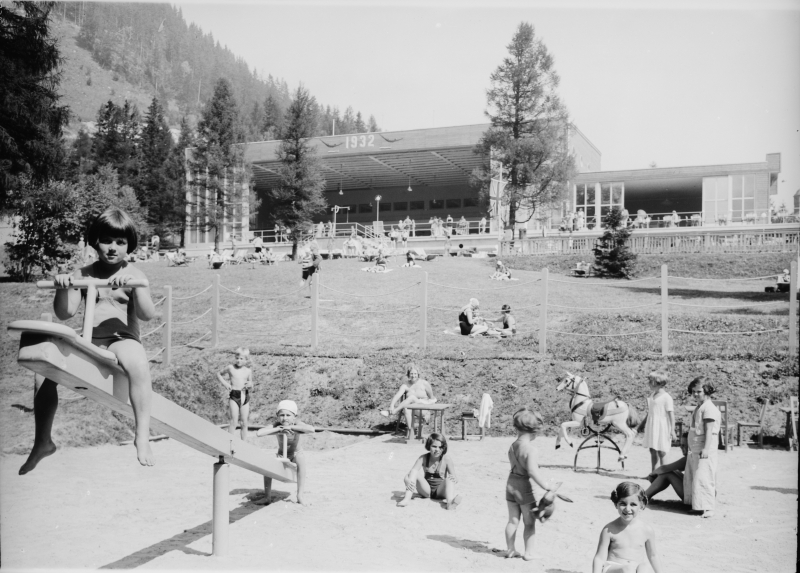
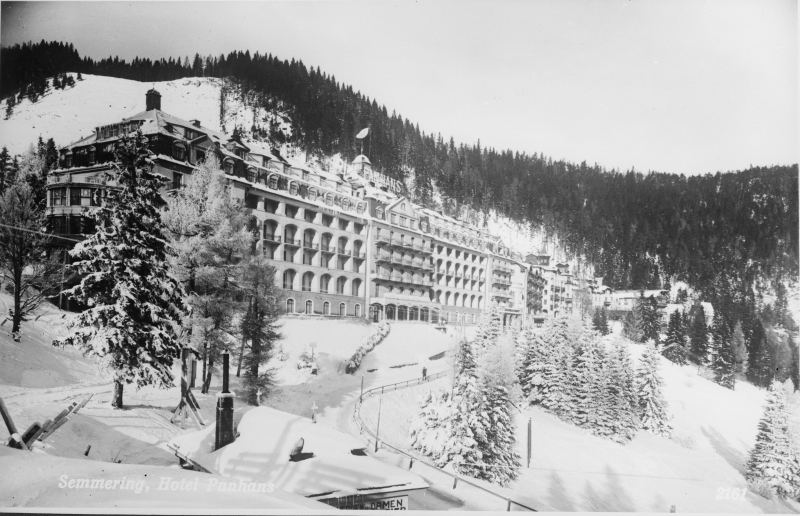
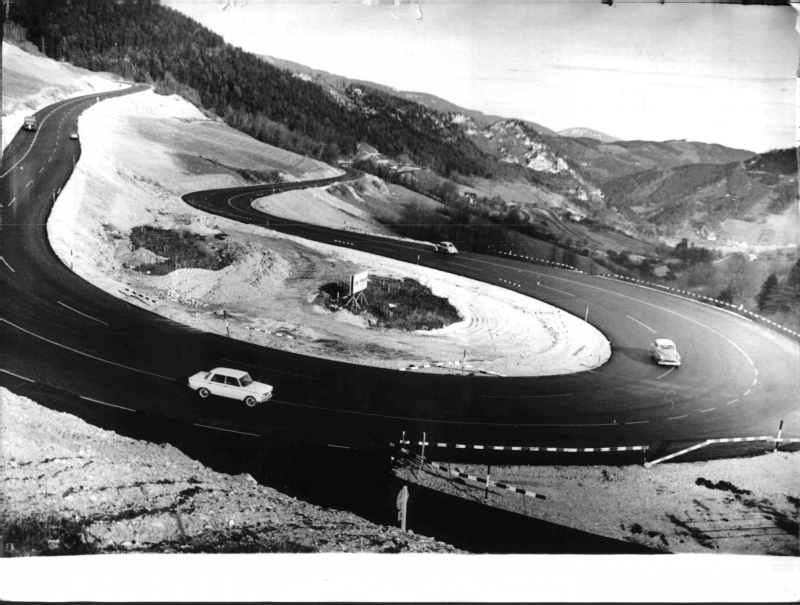

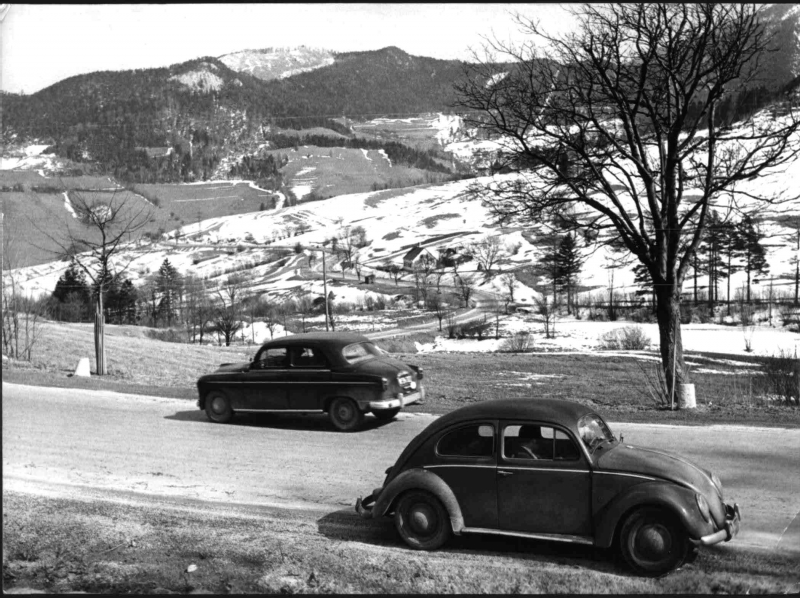
The project is trying to reassemble the image and perception of Semmering through exploring the city with a certain distance via “virtual tourist guide”. The aim is to investigate the realm you can and cannot explore online regarding e.g. Semmering´s landscape, invisible history or contemporary tourism trends.

Maps and tourist guides tend to show only certain layers and histories, pointing in what they do show as much as what they don´t. Without the possibility to visit Semmering in the beginning, the project is trying to reassemble its image focusing on how the touristic product changed during the time and works with the tourist expectations emphasized through elaborated media.





The map accompanied with the postcards were eventually exhibited in Semmering.
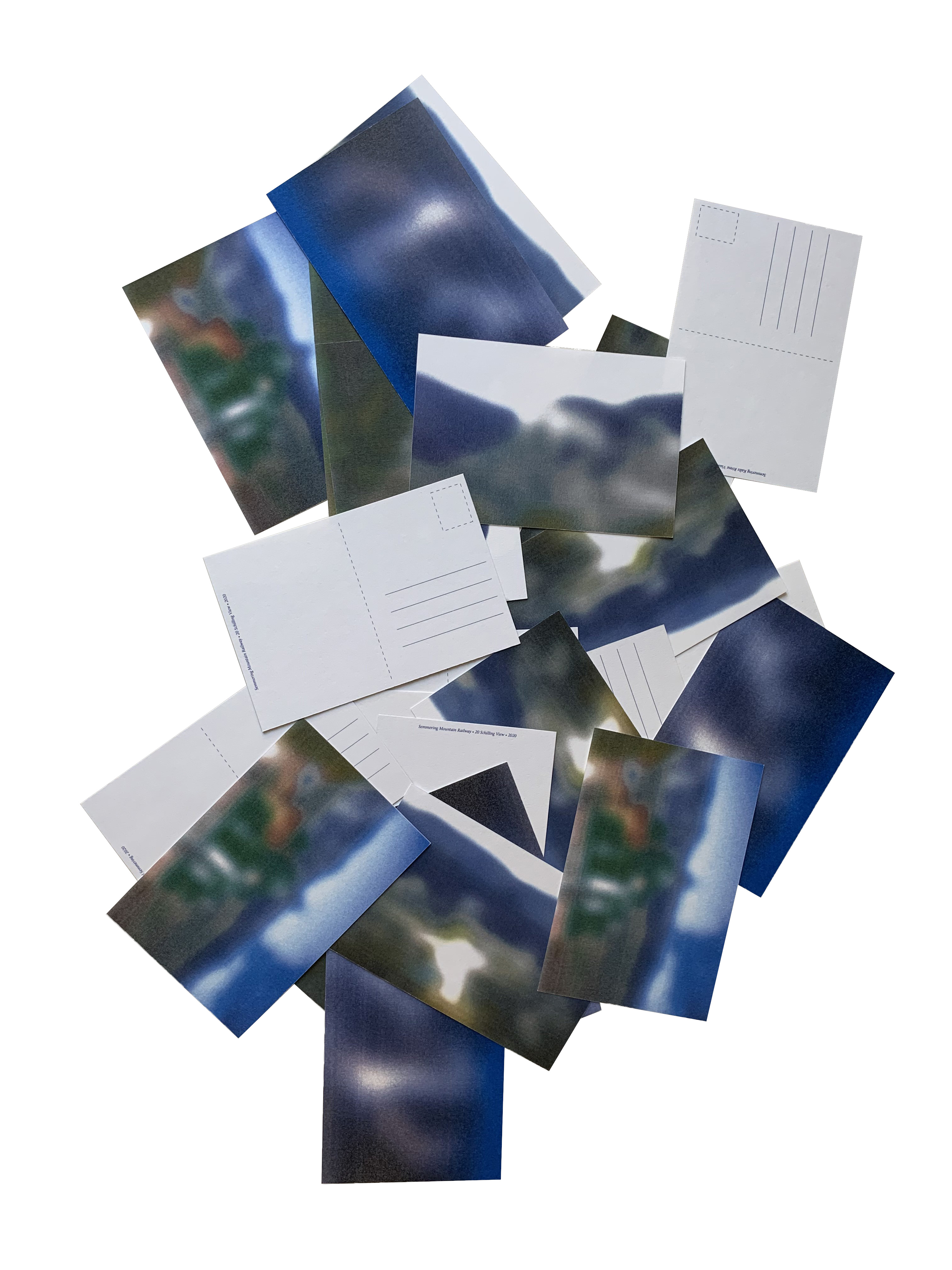


The medium of “online tourist guide” should reflect, and take advantage of, the current situation we are put into as well as the contemporary tourist attitude. Semmering, once a luxury mountain resort, is nowadays a “just a stop” on a journey from Vienna to the south. It used to be a convenient 2-hours trip when you can quite easily escape the polluted city and retreat yourself to a sublime nature but do not abandon your standard of living. The city life of the upper class swung to Semmering — nothing had changed but the scenery of mountains was present. Today´s trip is often reduced to passing by a train without even getting off. What is visible from the train, what is reachable on the internet and what is impossible to approach without getting there (and can I then approach it)?
“Today we would say that Semmering began as a marketing idea.” 1
Another matter of fact inducing the project is that Semmering will not be accessible as it is today anymore. Due to the base tunnel bypassing and relieving the UNESCO South Railway, which is being presently built and will be finished by 2027. The view from the train, a time-saving comfy journey to see the picturesque landscape of Semmering, will be limited.
Will be the virtual guide then even more relevant?
All these inputs were taken into account and shaped the project. The aim is to investigate the carefully chosen path in Semmering and reveal the capabilities of “traveling online?” as well as pointing out possible hidden layers there. The project also provides an opportunity to examine the genre and format of tourist guides itself. All done without the opportunity to visit the Semmering yet.
Keeping in mind that conventional guidebooks and maps incline to offer a very tendentious version or idea of a given place I am trying to show what is not so easily visible.
Once the map is finalized I am going to Semmering to confront reality. Together with the blurred postcards, which leave room for your imagination and refrain from giving you this high expectations of a place, the map will be used as a guide and subsequently “exhibited” amid other leaflets and tourist handbooks.
“Maps have agendas, pointed in what they do show as much as what they don’t. ... I imagine filling in the gaps of these guides with other stories and mundane histories that might otherwise go overlooked.” 2
Beginnings of tourism date back in the 18th and 19th century together with our rising health concern and proclaimed beneficial effects of seawater and stays in nature. Rousseau, the french philosopher, advised baths taken in the wild will be also morally uplifting.
Advancement of industrial cities caused, beyond excessive pollution, that the labour of majority was bound with particular location and time. Model of 8-hours long shift came into force and the idea of holidays should serve as compensation for hard work. Owners of the factories came to the conclusion that a week of holidays for their workers will assure them better performance till the end of summer.
“People and nature were objectified, and reduced to commodity status.” 3
Partly as a reaction to rationalising nature, intellectual and artistic movement arose. In Romanticism the answer and solution was “back to nature” as nature was seen as something pure and “a spiritual source of renewal”. The romanticist paintings often illustrate the sublime landscape associated with emotions of greatness, founded on awe. They show the glories of nature and landscape that open up during long walks in the hills and mountains. They depict the wanderer as a stranger in nature, but at the same time as a conqueror of nature.
Cities expanded to unprecedented sizes, and grew into centres of pollution, poverty and deprivation. Thanks to the advanced possibilities of transportation, the 19th century was a starting point for collective travelling.
Semmering had it all, known as a “green-lungs' ' just a stone's throw away from Vienna, visitors would enjoy picturesque scenery as well fresh mountain air. All without abandoning their high standard of living. It was so convenient for the guests that they did not have to climb hills or overcome hany high levels, they were already in mountains enjoying promenades between Grand Hotel Panhans and Sudbahnhotel to the pass as they never left the city.
Semmering´s past fame and advertisements have surpassed what it could offer nowadays and therefore the tourist expectations are not being fulfilled.
1 Kos, Wolfgang. Magic Mountain - Semmering, Reichenau and Rax | Yvonne Oswald Photography. Yvonne Oswald - Austrian photographer [online]. Available from: https://www.yvonneoswald.at/portfolio/reportage-photos/mountain-photography.html
2 Travel agents: guidebooks and atlases become a means of escape | Essay | Architectural Review. The Architectural Review | Online and print magazine about international design [online]. Copyright © 2002 [cit. 26.05.2020]. Dostupné z: https://www.architectural-review.com/essays/reviews/books/travel-agents-guidebooks-and-atlases-become-a-means-of-escape/10047039.article
3 Romanticism and nature. (2015, December 24). Retrieved from https://www.eh-resources.org/romanticism-and-nature/
